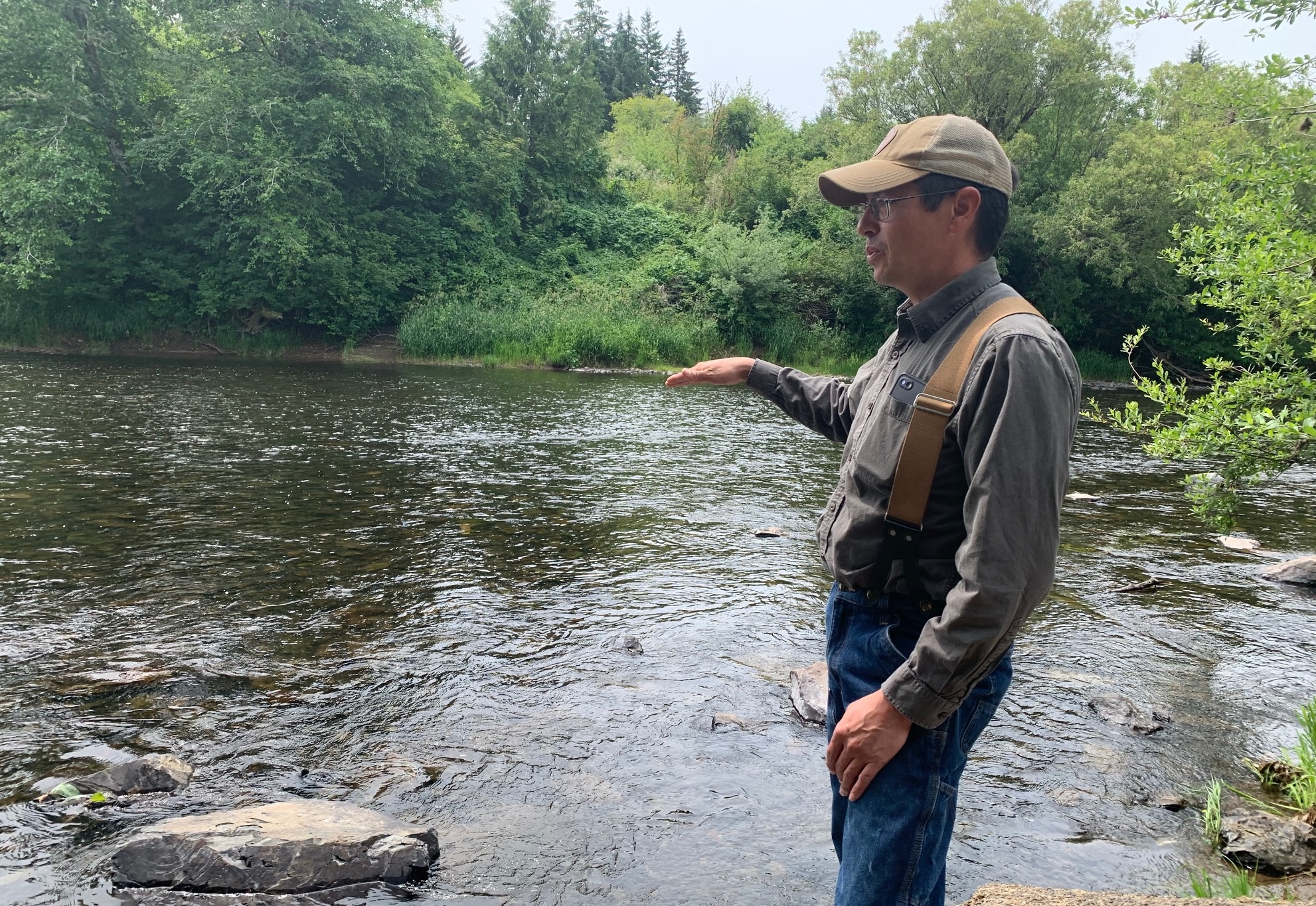
By GARRET JAROS/Lincoln Chronicle
Rocks in the Siletz River — usually submerged until sometime in August — are already breaking the surface. The nearly 70-mile-long river supplies water to municipalities as well as farmers and set an unwanted record last week – the lowest level ever recorded for that date.
The Siletz was flowing at just 22 percent of its average on June 16, according to U.S. Geological Survey records that date back to 1906. In the preceding week nearly every stream gauge monitored by the state along the Oregon coast indicated flows at 30 percent of average.

Last week, an ad-hoc drought committee advised Lincoln County commissioners to ask Gov. Tina Kotek to declare a drought emergency for the county. Commissioners agreed at their meeting Wednesday, and approved that request.
If approved by the governor, Lincoln County would be the first county in Oregon to declare a drought emergency this year. It is also the earliest the county has ever declared the emergency.
Lincoln County received drought declarations in 2018, 2021 and 2023. Drought conditions were pervasive in 2020 but no official declaration was made.
Administratively, a state drought declaration provides water managers with additional tools to address water shortages, prioritizing existing water resources and implementing conservation measures.
Fifty-one percent of Oregon is experiencing abnormally dry conditions, according to the U.S. Drought Monitor, and more than 17 percent of the state is in moderate drought.
While the coast gets feet of rain between November and February, rainfall this spring was much below average. And June’s rainfall – which is critical to good stream flows — is about a third of normal, according to rain gauges on the coast. The Oregon Water Resources Department said January through May rainfall in Lincoln County is the 26th driest in its 131 years of record keeping.
The drought committee made its recommendation based on low river levels and past weather patterns that show the region will not receive substantial rain again until late September or October.
Committee members include county water and land managers from municipal water providers, Lincoln Soil & Water Conservation District, the Oregon Department of Fish & Wildlife and the regional water master for the Oregon Water Resources Department.
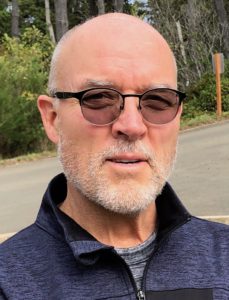
“What we are trying to do this year is get in front of it a little more,” said committee member and Seal Rock Water District general manager Adam Denlinger. “What we are seeing is conditions that are similar to what we might see in August, which is pretty surprising to all of us. But not so surprising when you consider that we’ve had some below average rainfall months.”
While the central coast did have rain last weekend, it did not improve conditions much because most of that moisture, after a long dry spell, was soaked into the ground, Denlinger said.
With an emergency drought declaration water providers throughout the county, many of which are members of the Mid-Coast Water Consortium, can unilaterally move to get the word out to customers to conserve water.
“It is mostly to raise awareness,” Denlinger said. “And it is mostly voluntary at this point but it is something that is strongly encouraged. That is really the primary focus, to raise awareness in the community about the need to conserve water. But more importantly the value of water that we have here. And the need to respect that water and protect that water so it’s there for future generations.”
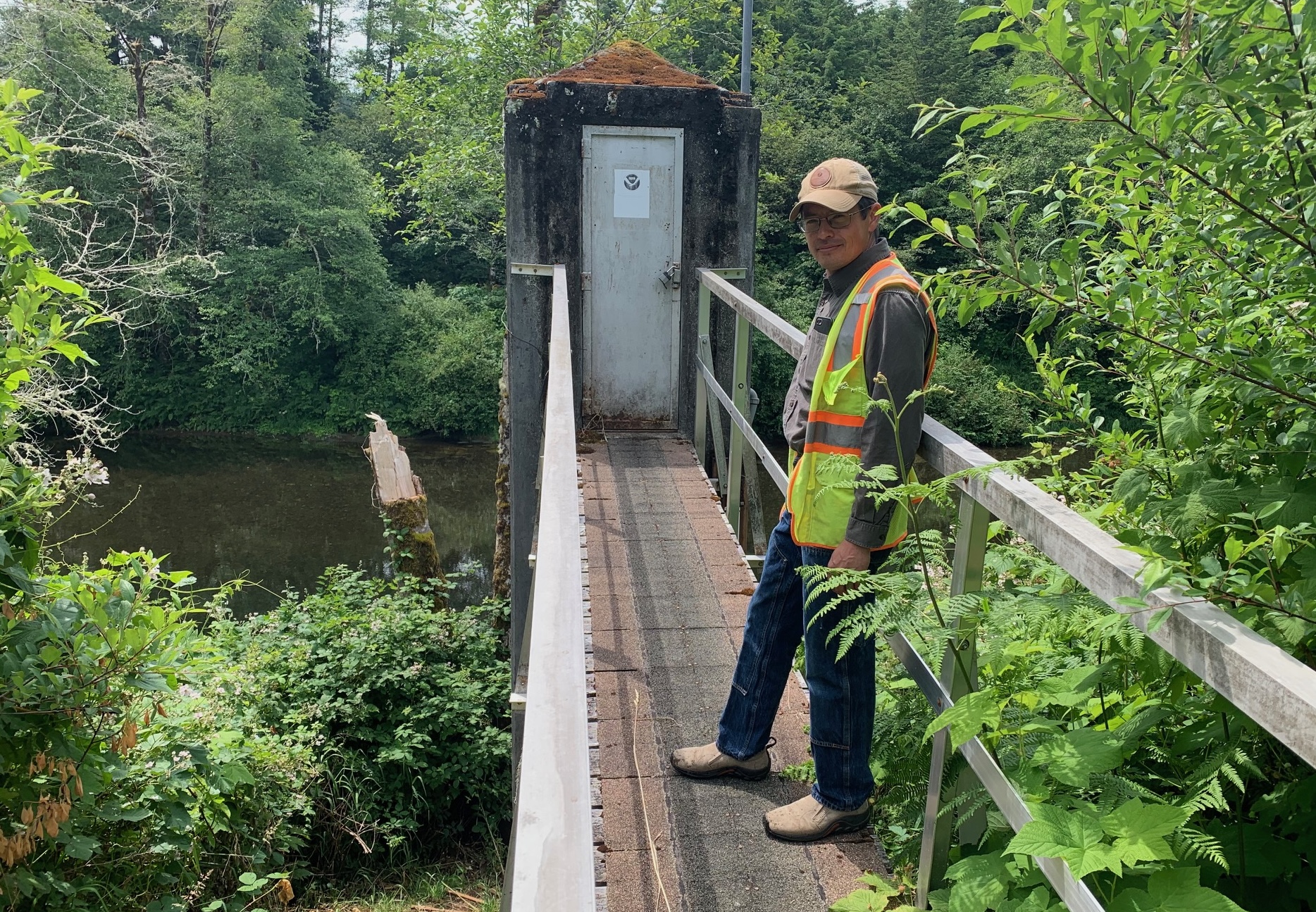
On the Siletz
While water is crucial to communities for everything from drinking, bathing and washing to industries reliant on it for processing everything from lumber to seafood, it is also crucial to wildlife and agricultural crops.
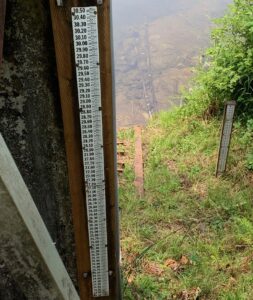
Committee member Alan Fujishin is a custom farming and land management consultant for rural properties in the Siletz Valley who wears many hats. He serves on the board of the soil and water conservation district and up until last year was co-managing Gibson Farms which produce blueberries, beef cattle and grass hay.
Fujishin submitted a detailed report to the committee and commissioners outlining the stages of drought, where things stand now and and the challenges of combating seasonal drought in the region.
“Current low stream flows starkly demonstrate a climatic and hydrogeologic characteristic of the central Oregon coast, in which Tyee Formation sandstone and steep topography drain precipitation relatively quickly,” he wrote.
The relative low elevation of the Coast Range precludes meaningful snowmelt in the summer months, he said, so without precipitation the area’s streams and moisture in the soil deplete quickly.
“This is somewhat mitigated by maritime influence and lower average daytime temperatures,” Fujishin wrote. “However, limited natural and built water storage infrastructure in coastal basins provides scant buffer against prolonged dry weather impacts.”
Fujishin then described the different ways drought can generally be defined and understood:
- Meteorological drought: When dry weather patterns dominate an area;
- Hydrological drought: When low water supply becomes evident in the water system;
- Agricultural drought: When crops become affected by drought;
- Ecological drought: When natural ecosystems are affected by drought; and
- Socioeconomic drought: When the supply and demand of various commodities is affected by drought.
Current local impacts and forecasts, consistent with late summer conditions, show that prolonged dry weather has depleted shallow soil moistures, which is a limiting factor for pastures, hayfields, timber and other crops.
The result can mean less graze for cattle, feeding cattle stored hay during the summer that is meant for winter, which in turns mean importing hay when it is more scarce and prices are high or selling off cattle because the land can no longer sustain them.
Low river flows also lead to high water temperatures and low dissolved oxygen, conditions which are dangerous for aquatic species including salmon.
The most sensitive of those is the Oregon coast coho salmon, which are listed as threatened under the federal Endangered Species Act, Fujishin told the Lincoln Chronicle.
“In both the main stems and the tributaries (of the Siletz) we’re concerned about low flows not necessarily because there’s no room for fish, it’s that the water is too hot,” Fujishin said. “We start to worry about them hitting their thermal limits.”
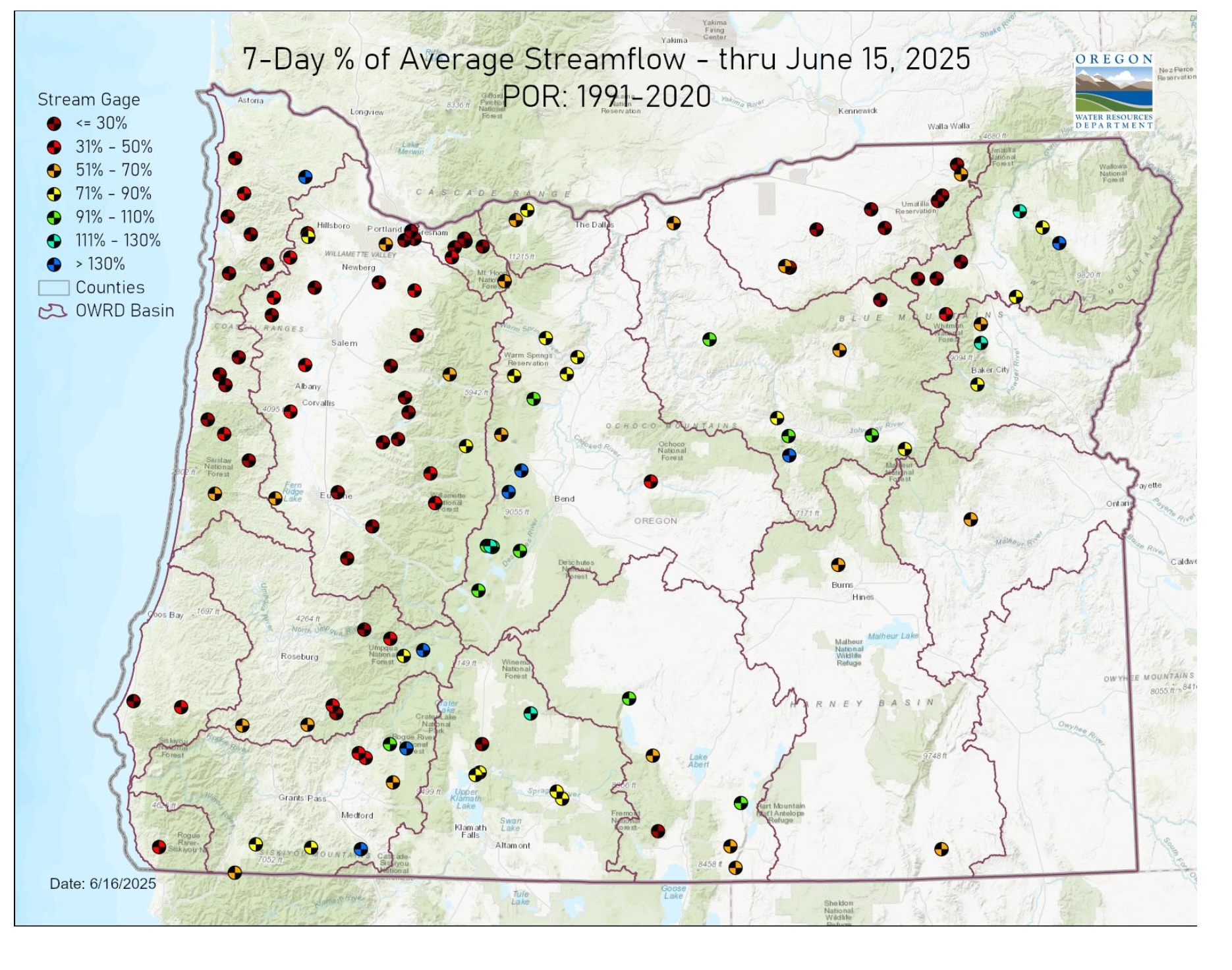
Fujishin noted the USGS gauging station where the record low was recorded last week is about three miles upstream of Hee Hee Illahee Park in Siletz, above where municipalities and other water users syphon water from the river.
The cities of Siletz, Newport, Toledo and the Georgia Pacific paper mill all have water rights on the Siletz. There’s also an intertie between Toledo and Seal Rock Water District for auxiliary water.
“So there’s the potential for a lot of pumping pressure on the Siletz in the summer,” Fujishin said. “The city of Newport doesn’t need Siletz River water in the winter. Their supply out of the Big Creek catchment is totally sufficient for their needs. It’s only in the summer, ironically when the flows are low, that they need that.”
The Oregon Water Resources Department has water rights to protect in-stream flows on the Siletz and all other coastal basins, especially after 2018 because the Oregon Department of Fish & Wildlife filed for basically all of them, Fujishin said.
The “wrinkle” is that because water levels are already so low in reaches above where the water is parceled out, there’s not much beyond conservation that can be done.
“That’s the big crux,” Fujishin said. “We have the tools to regulate water use in these basins but we can’t regulate water that doesn’t exist. The drought declaration helps raise awareness about the issue but it doesn’t make it rain.”
One of the big questions Fujishin gets is whether water users can conserve their way out of seasonal water issues. He replies that conservation certainly helps and awareness helps, but that water availability issues in the region is bigger than what conservation alone can make up for.
“We are all doing our part to irrigate efficiently and reduce waste,” he said. “And I hope people are doing their part to conserve water wherever they are working or living, but these problems are really broader and more inter-related and regional than a single community or single county can fully address.”
Fujishin said the drought designation process helps acknowledge that the lack of water is more than people can mitigate for with the tools they have available.
“Some of those (solutions) that might help are just out of our wheelhouse,” he said. “Conservation at all levels does help … so don’t just throw up your hands in despair. It’s not that we’re powerless, it’s that the normal tools that we have at our disposal are insufficient for fulling mitigating and addressing water issues.”
- Garret Jaros covers the communities of Yachats, Waldport, south Lincoln County and natural resources issues for the Lincoln Chronicle and can be reached at GJaros@YachatsNews.com





















As I read Fujishin’s information I was struck by 2 mitigation efforts coastal governments and cituzens can do as this drought is likely to be a growing problem given global warming temperatures: start building more coastal water storage structures now, rather than wait until people have to migrate away, stop raising cattle as there are by far other less water use intensive and water polluting sources of food, and do a big, coastal (or statewide, even better) education about how to conserve water — run only full loads of dish and clothes washers, don’t flush only tiny amounts of urine, water produce and flowers but don’t water grass using drip irrigation. Ask Californians.